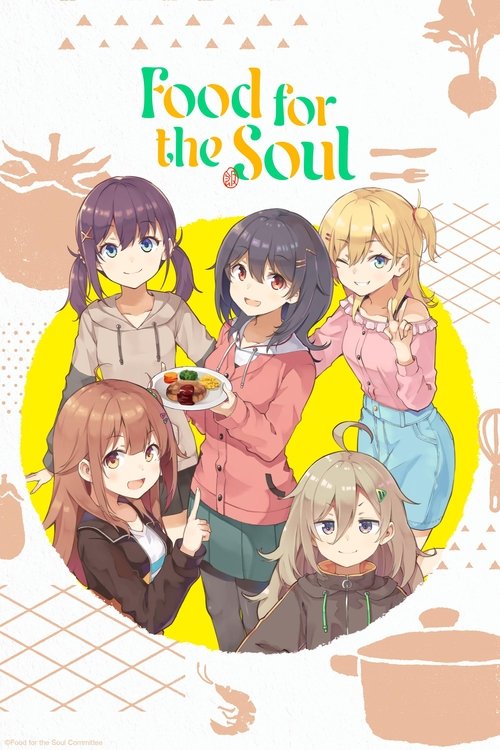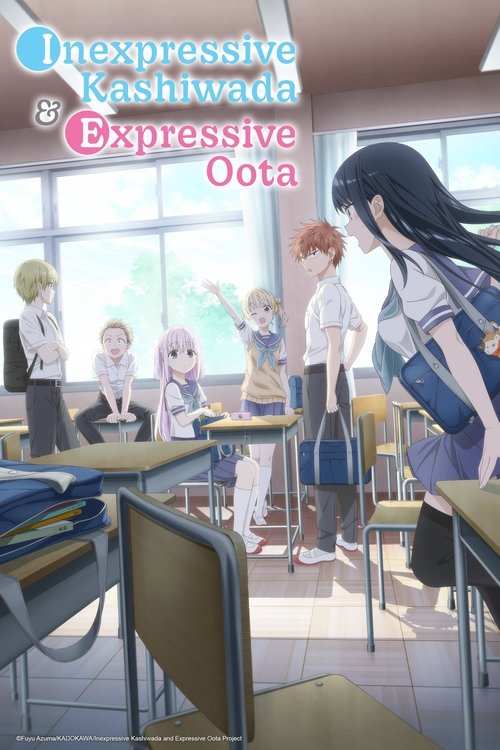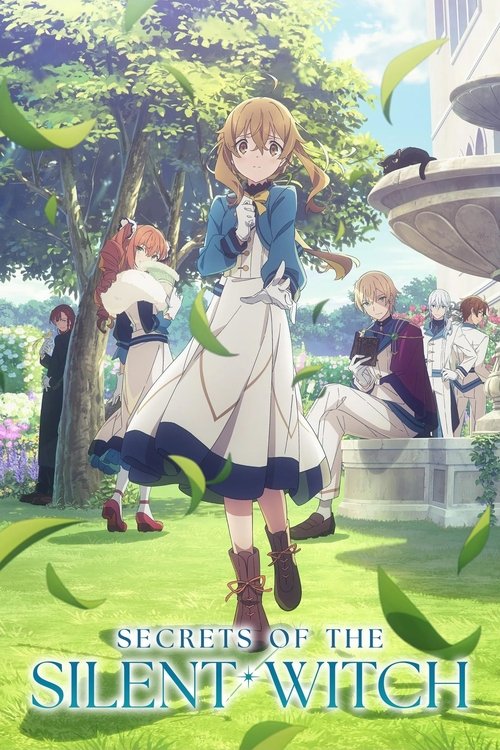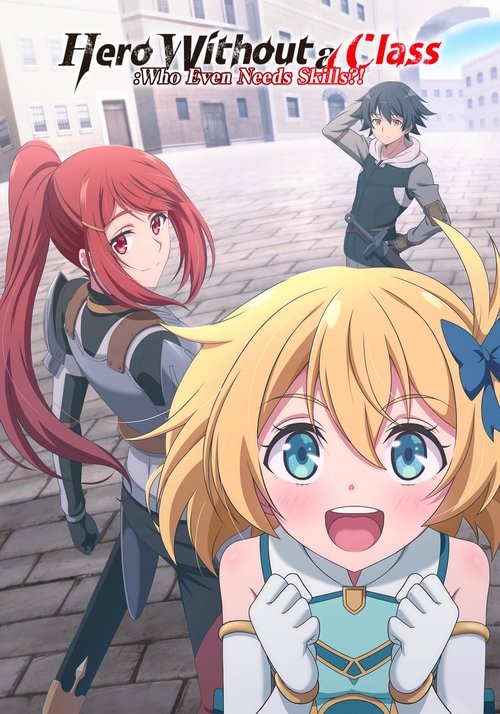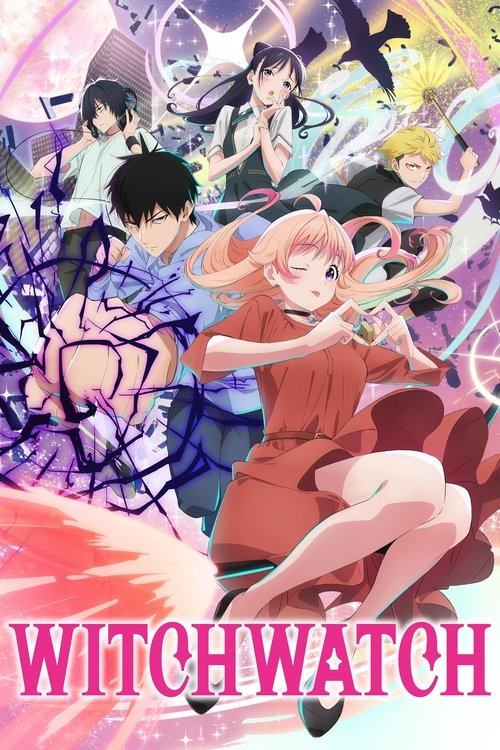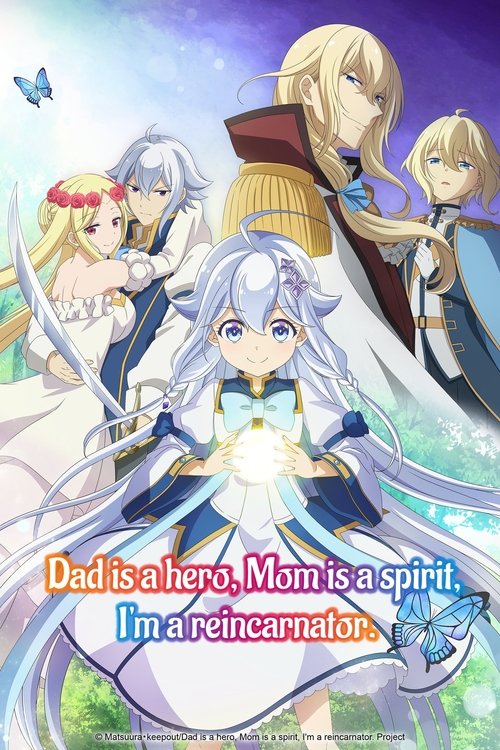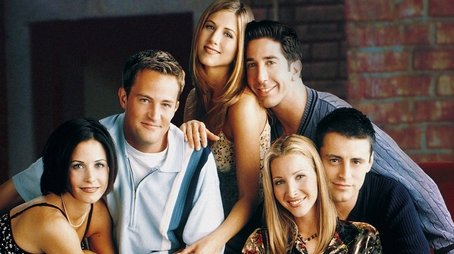
Ask Your Own Question
What is the plot?
The story begins with Mako Kawai, a shy first-year college student who loves cooking and eating but feels awkward eating alone in public. One day, while eating lunch alone at school, she is noticed by members of the Food Culture Research Club, which is seeking a fourth member to gain official approval. Mako joins the club, reuniting awkwardly at first with her boisterous childhood friend Shinon Ogawa, who is already a member. They soon bond along with other members Kurea Furutachi and Tsutsuji Higa, occupying an abandoned part of the school to cook and relax together.
Early in the series, Mako struggles with body image after she finds she cannot fit into a new skirt her friends picked out, despite it being her usual size. She discovers she has gained weight and begins dieting, refusing snacks at the club. Concerned, Nana Hoshi invites Mako to the gym, and Tsutsuji joins on Kurea's order, while Kurea and Shinon stay behind to work on an abstract for the club's university showcase. After consistent gym visits, Mako's new skirt finally fits, but she continues to diet excessively and arrives at the club exhausted from morning runs.
Seeing Mako's exhaustion, the other girls take her to a hamburger chain for a meal, where Kurea and Shinon photograph the food for their showcase. At the meal's end, Tsutsuji advises Mako to balance eating and exercise in moderation, encouraging her to enjoy food without overexertion.
Throughout the series, the club members explore various local cuisines and cooking experiences, such as a trip to Mount Takao where they dine at the summit and cook dishes like camembert pilaf. They also navigate typical college life challenges, including exams and submitting club activity rundowns. The group's dynamic includes comedic moments, such as Shinon losing her trip money, the poor driving skills of Shinon and Kurea, and Nana's severe social anxiety, which adds humor and depth to their interactions.
The club's activities and shared meals deepen the friendships among the five girls, with Mako gradually overcoming her social awkwardness and gaining confidence in both cooking and eating with others. The series maintains a laid-back, cozy atmosphere, focusing on the simple joys of food, friendship, and college life.
The final episodes show the club successfully presenting their showcase abstract, solidifying their club's place at the university. Mako embraces a healthier relationship with food and exercise, balancing enjoyment and self-care. The series closes with the friends continuing their culinary adventures and supporting each other through the ups and downs of college life, symbolizing their growth and strengthened bonds.
More TV Shows Like This
Browse All TV Shows →
What is the ending?
The ending of Food for the Soul (2025) shows the main character Mako gaining confidence as she visits a Chinese restaurant alone, reflecting her personal growth. The story concludes with the Food Culture Research Club members cleaning out their clubroom on New Year's Eve, sharing relaxed moments together, symbolizing their enduring friendship and the comfort found in shared meals.
The finale of Food for the Soul opens with Mako standing outside a Chinese restaurant recommended by Mokotaro, a callback to the series' beginning when she was too anxious to go out alone. This time, she bravely steps inside and orders by herself, marking a significant moment of personal growth and independence for her. This scene visually and emotionally closes the circle on Mako's journey from timid to self-assured.
Following this, the episode transitions to New Year's Eve, where Mako and the other girls from the Food Culture Research Club gather to clean out their clubroom. This activity mirrors their first day in the room, creating a nostalgic bookend to their shared experiences. During the cleanup, familiar comedic moments arise, such as Kurea trying to keep everyone focused amid their usual goofing off, and Mako discovering Shinon's walking stick, which Shinon never actually used, adding a lighthearted touch.
After the cleanup, the girls relax together in the kotatsu, a traditional heated table, enjoying a quiet, cozy moment that emphasizes their close bond and the simple pleasures of companionship and food. This scene highlights the theme of comfort and warmth that runs throughout the series, underscoring the importance of friendship and shared meals in their lives.
In terms of character fates:
- Mako ends the series more confident and independent, able to face the world on her own.
- Kurea continues to be the responsible, guiding figure who keeps the group on track.
- Shinon remains a source of humor and warmth, with her unused walking stick symbolizing her gentle, somewhat whimsical nature.
- The other club members share in this peaceful closure, their futures implied to be bright and connected through their shared love of food and friendship.
The ending encapsulates the series' core message about growth, friendship, and the soul-nourishing power of food and companionship.
Is there a post-credit scene?
The TV show Food for the Soul produced in 2025 does not have any information available indicating the presence of a post-credit scene. The search results do not mention Food for the Soul having a post-credit scene, and the only detailed post-credit scene descriptions found relate to a different title, Sinners (2023), which is unrelated to Food for the Soul.
Therefore, based on the available data, Food for the Soul does not feature a post-credit scene.
What challenges does Mako face regarding her body image and diet in the series?
Mako struggles with fitting into a new skirt that her friends picked out, discovering she has gained weight. She refuses to eat snacks at the club room and continues dieting excessively, leading to exhaustion after a morning run. Her friends notice and take her to the gym, and later treat her to a meal, with advice to eat and exercise in moderation.
Why are Kurea and Shinon unable to join the gym outing with the other girls?
Kurea and Shinon cannot join the gym outing because they are tasked with writing an abstract for their club, which was selected to be part of their university's showcase.
What role does Tsutsuji play in supporting Mako during her dieting struggles?
Tsutsuji accompanies Mako to the gym and later advises her to eat and exercise in moderation after the group treats Mako to a meal at a hamburger chain.
How does the series depict the daily lives and friendships of the five undergraduate girls?
The series follows the five girls as they eat, laugh, and deepen their friendships while navigating college life. It portrays their love for food, fun, and academic commitment, showing moments like club activities, gym visits, and shared meals that strengthen their bonds.
What are some specific foods featured in the series that highlight the characters' love for comfort food?
The series showcases several delicious comfort foods such as katsu, egg fried rice, and hamburgers, which are enjoyed by the characters and featured in scenes that emphasize their shared love of food.
Is this family friendly?
The 2025 anime TV show Food for the Soul is generally family friendly and suitable for children, focusing on the daily lives of five university girls who enjoy exploring and cooking delicious food together. It is a lighthearted series without explicit or mature content.
Potentially upsetting or objectionable aspects for sensitive viewers or children are minimal. The show centers on food, friendship, and college life, with no reported scenes involving violence, strong language, or sexual content. The tone is gentle and comforting, emphasizing curiosity and enjoyment of food rather than conflict or drama.
In summary, Food for the Soul is appropriate for family viewing, with no notable objectionable or upsetting scenes for children or sensitive audiences.

